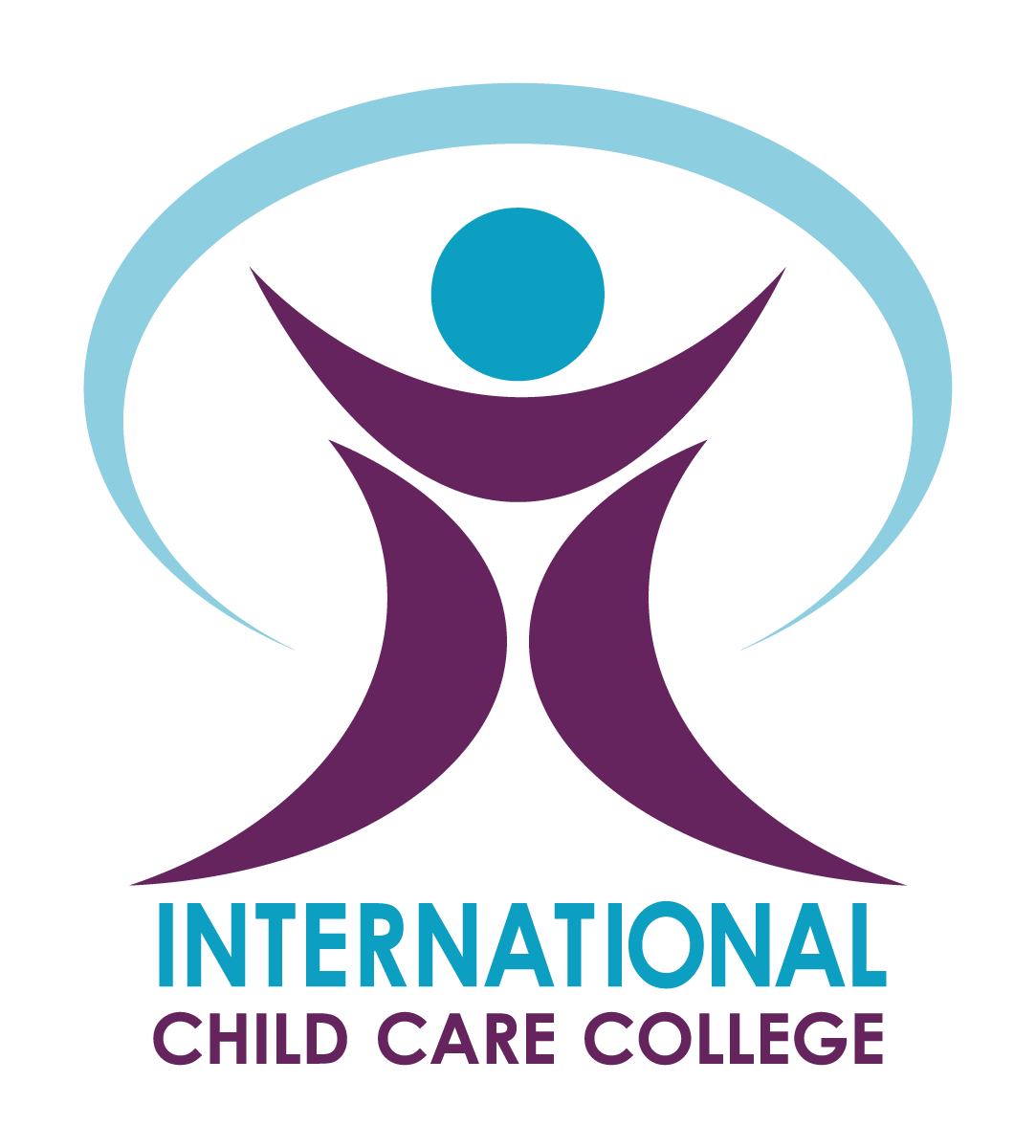
You will be aware that ACECQA, on behalf of all governments, has engaged a national consortium led by a partnership between Macquarie University, Queensland University of Technology and Edith Cowan University to update the approved Learning Framework.
From the perspective of a tertiary Educator I see beginning (and even experienced) Educators struggle to interpret the Early Years Learning Framework (EYLF) as a framework for practice. The concepts of ‘Belonging, Being and Becoming’ reflect as a holistic, child-centred philosophy and sit well alongside the principles which emphasise play as a critical pedagogical practice. The Learning Outcomes, while easy to interpret, are often a stumbling block when planning.
Government policy aimed at ensuring all 4-year-olds – and in SA all 3 & 4 year-olds – have access to early childhood education make it imperative to provide greater guidance and practical support to all educators. This is particularly critical as services struggle to attract Early Childhood teachers.
Recently I came across the revised British Columbia Early Learning Framework. What struck me about this document is that it’s connected to the curriculum and core competences for school age children from foundation to Year 3 which is also a characteristic of the NZ framework. It also embeds an Indigenous perspective, inclusion, and diversity.
Rather than an Educational Leader, the Framework refers to a Pedagogist, described as…
“a professional responsible for helping to create and sustain quality early childhood education (ECE) programs by supporting educators to continue to implement the B.C. Early Learning Framework.”
Rather than Learning Outcomes, the Framework refers to ‘Living Inquiries’, including well-being and belonging; engagement with others, materials, and the world; communication and literacies; and identities, social responsibility, and diversity. In essence not so different from the EYLF. The pedagogical principles focus on listening, critical reflection, collaborative dialogue and pedagogical narration. Again, similar to the EYLF. The document is easy to read and there is an emphasis on explaining concepts as they are introduced. It’s well worth a look as I found myself reflecting on the similarities and differences with our own Framework.

My hope is that Australia’s revised EYLF is a little more user friendly and includes easy-to-understand explanations of key concepts.
I also find myself wishing Australia had curriculum guidelines such as the Washington State Early Learning and Development Guidelines (April 21 Update) with its comprehensive additional resources or the UK’s Development Matters. Both documents include child development descriptors with pedagogical strategies that educators can use to support development. Providing examples of how play and learning can be linked to child development as part of the planning process would, I believe, take some of the angst out of program planning.
My final wish is that program planning expectations be reviewed to allow Educators to spend more quality time interacting with children. The Education and Care Services National Regulations, (2011) requires Educators to plan a program for each child based on assessments of the child’s developmental needs, interests, experiences, and participation in the educational program; and assessments of the child’s progress against the (EYLF) outcomes of the educational program. This requirement is, for many services, simply not doable. Surely a better option would be to provide a paly-based curriculum that would meet the needs of most children while allowing for variations based on individual needs.
Karen Kearns (M.Ed (EC) B.Ed.(EC) Grad.Dip.Ed. (Spec. Ed.)
CEO, International Child Care College

